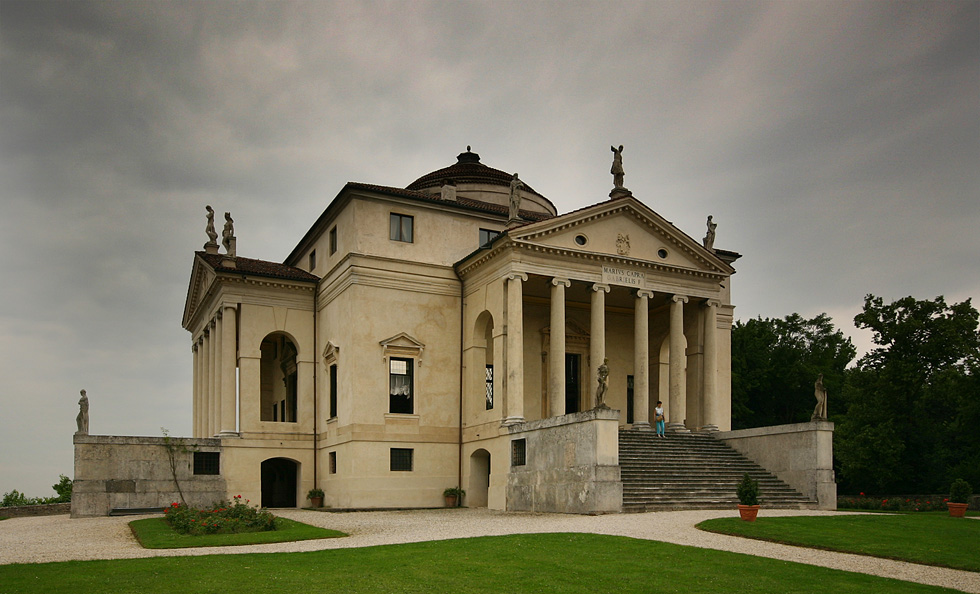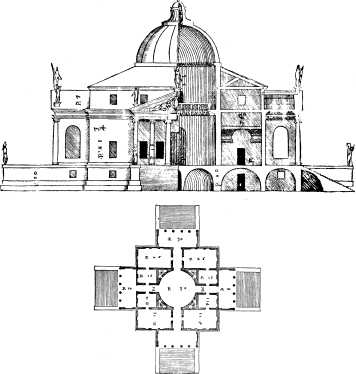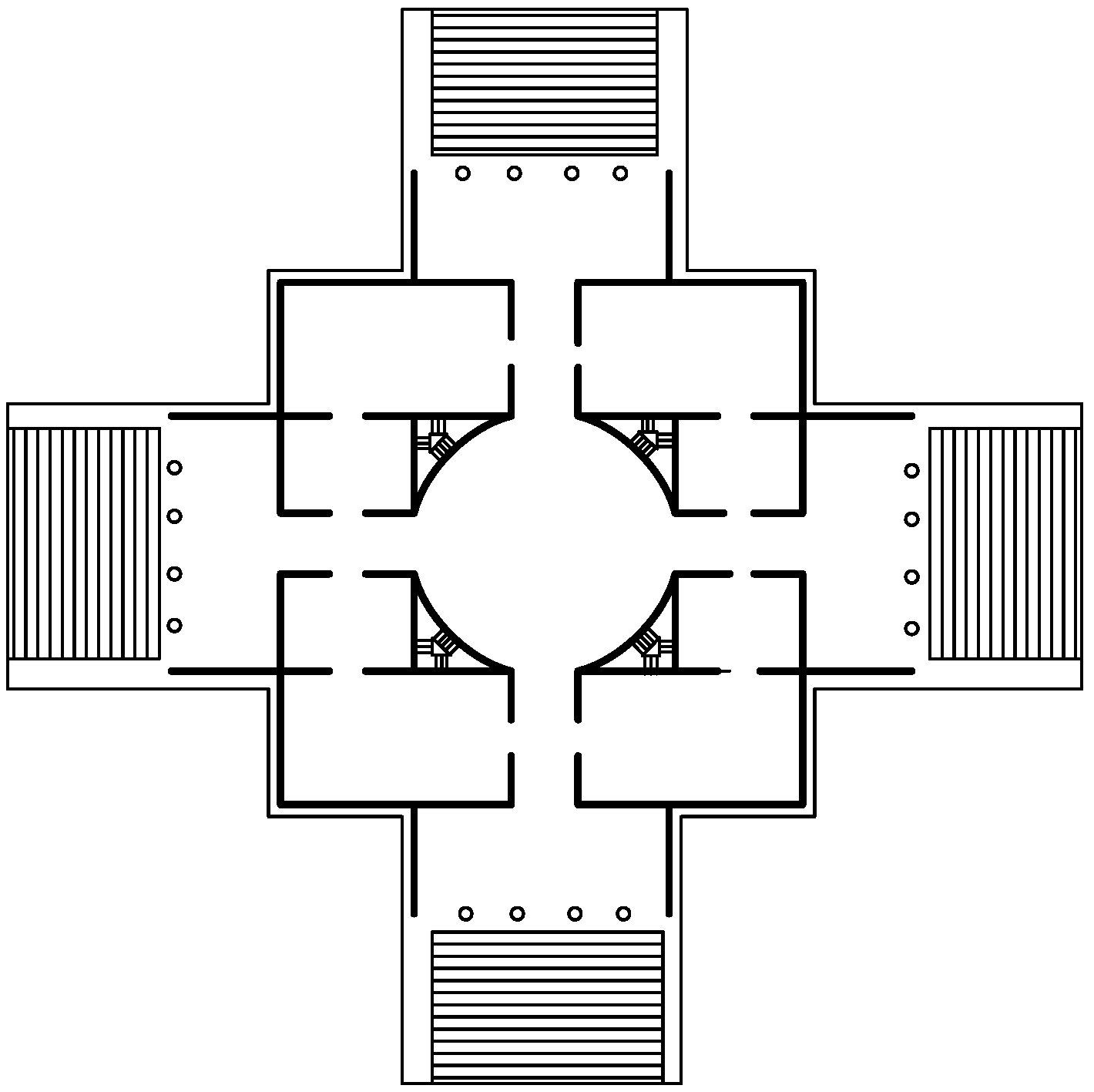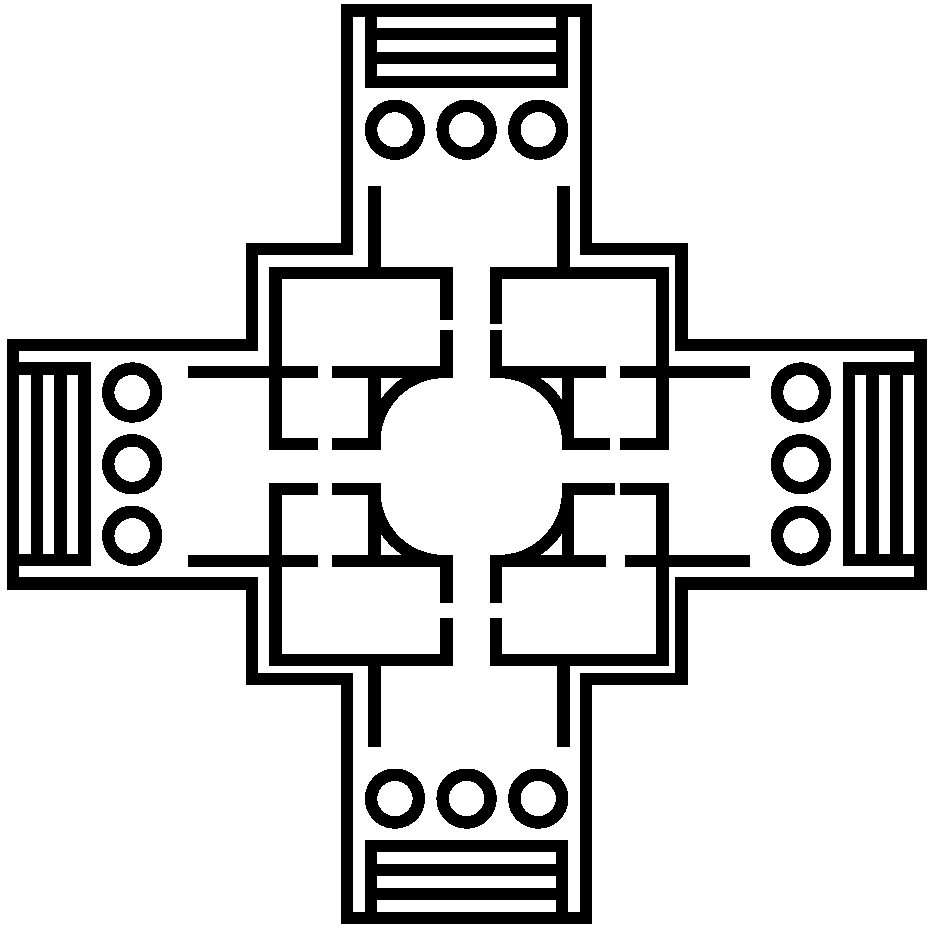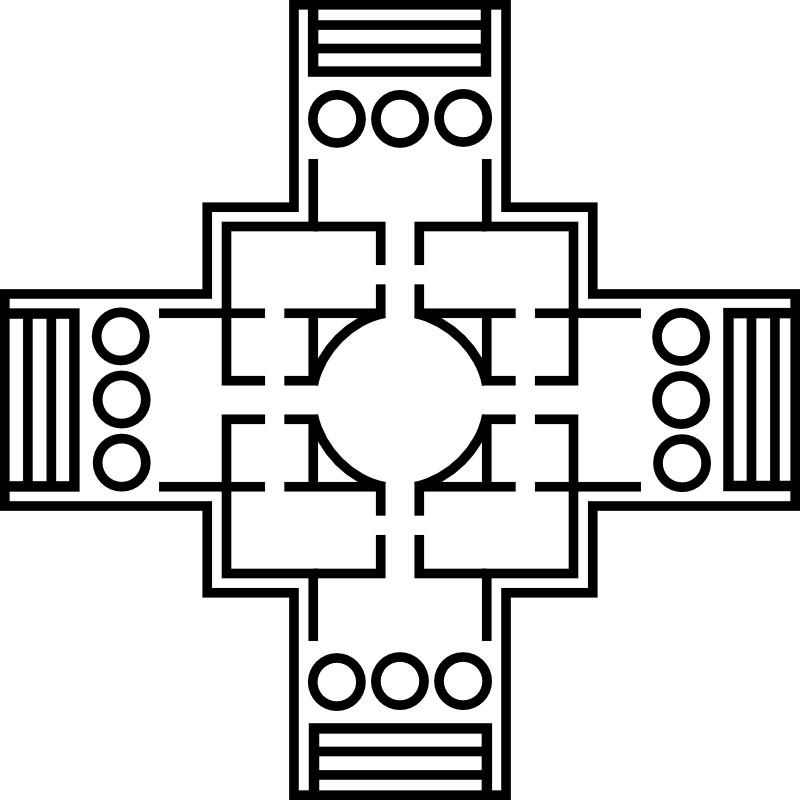History
The development of Palladio started with the Palladio Component Model (PCM) in 2003 at the University of Oldenburg, and is nowadays continued at the Software Design and Quality Group at the Karlsruhe Institute of Technology (KIT), the Software Engineering Group at the Research Center for Information Technology (Forschungszentrum Informatik, FZI) both headed by Professor Ralf Reussner, and Paderborn University. Palladio is named after the Italian renaissance architect Andrea Palladio (1508-1580).
Since 2010
The group of Steffen Becker at Paderborn University became a further contributor of Palladio. “Palladio Days” were conducted for the first time in November 2010 as a user and developer meeting. Further external developers and users were invited to join the Palladio community.
Late 2006
In September 2006, the Research Center for Information Technology (FZI) entered the Palladio project. The Software Engineering (SE) division of FZI contributes, among others, analysis capabilities for the internal quality of software systems (e.g. bad smell detection, anti-pattern recognition).
Early 2006
In 2006, the former Universität Karlsruhe (TH), nowadays known as Karlsruhe Institute of Technology (KIT), took over the development of Palladio.
Priming: 2003
The “DFG Palladio Research Project” was the initial project which started the development of Palladio. Back in 2003, the project head Ralf Reussner together with Steffen Becker and Victoria Firus developed the first ideas for Palladio at the University of Oldenburg. The initial Palladio project lastet from 2003 to 2008 and was funded with approximately 1,000,000 EUR by DFG (Deutsche Forschungsgemeinschaft - German Research Council) as part of the “Aktionsplan Informatik”.
Logo Origin
